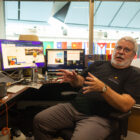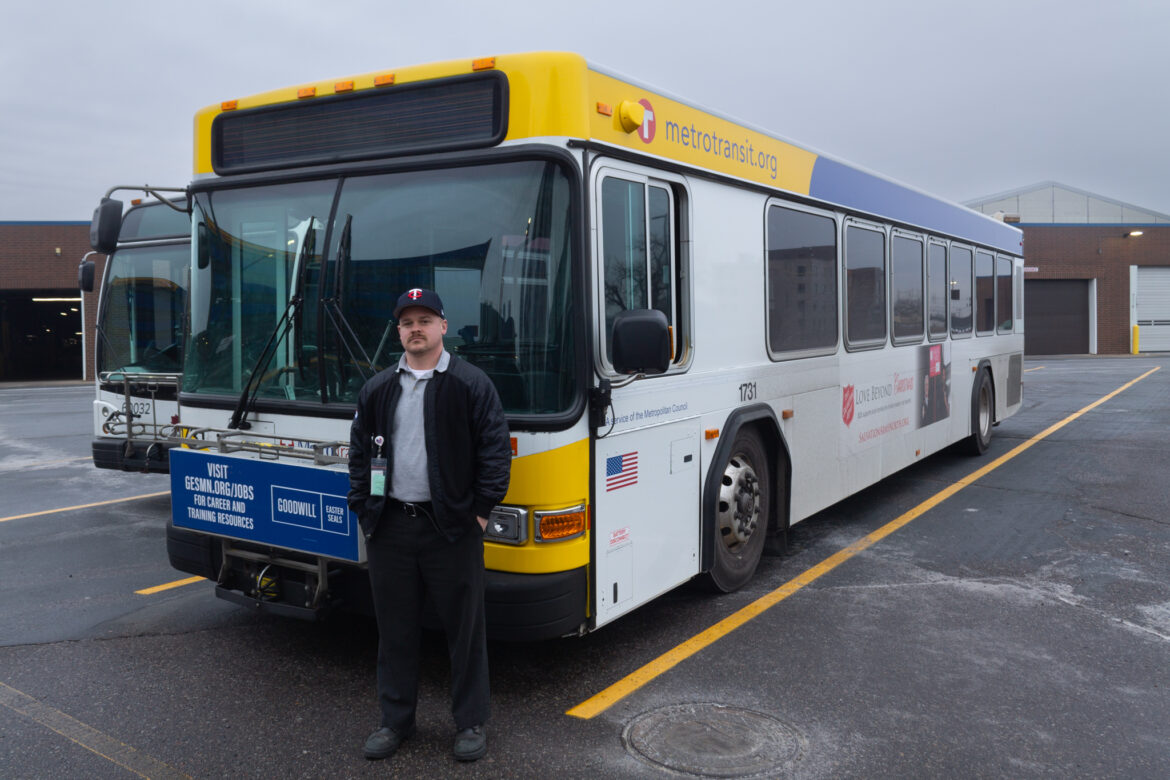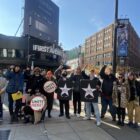On Campus
How Academia’s Over Reliance on Contingent Faculty Hurts Workers and Students’ Quality of Education
|
Adjunct and contingent faculty make up the overwhelming majority of instructors at universities and colleges in the United States. Now making up the majority of instructional staff, the ratio between adjunct and tenured professors was essentially reversed in the mid-century. Many of these highly qualified workers are feeling the effects of the gig-ification of professorship—both in their working conditions and the ability to effectively serve the needs of students.
Faith Ericson, a contingent faculty for a university and community college in St. Cloud, Minn., has been in such a position for the past 16 years. Ericson, a member of two contingent faculty unions and mom of a four-year-old son, has her hands full.











